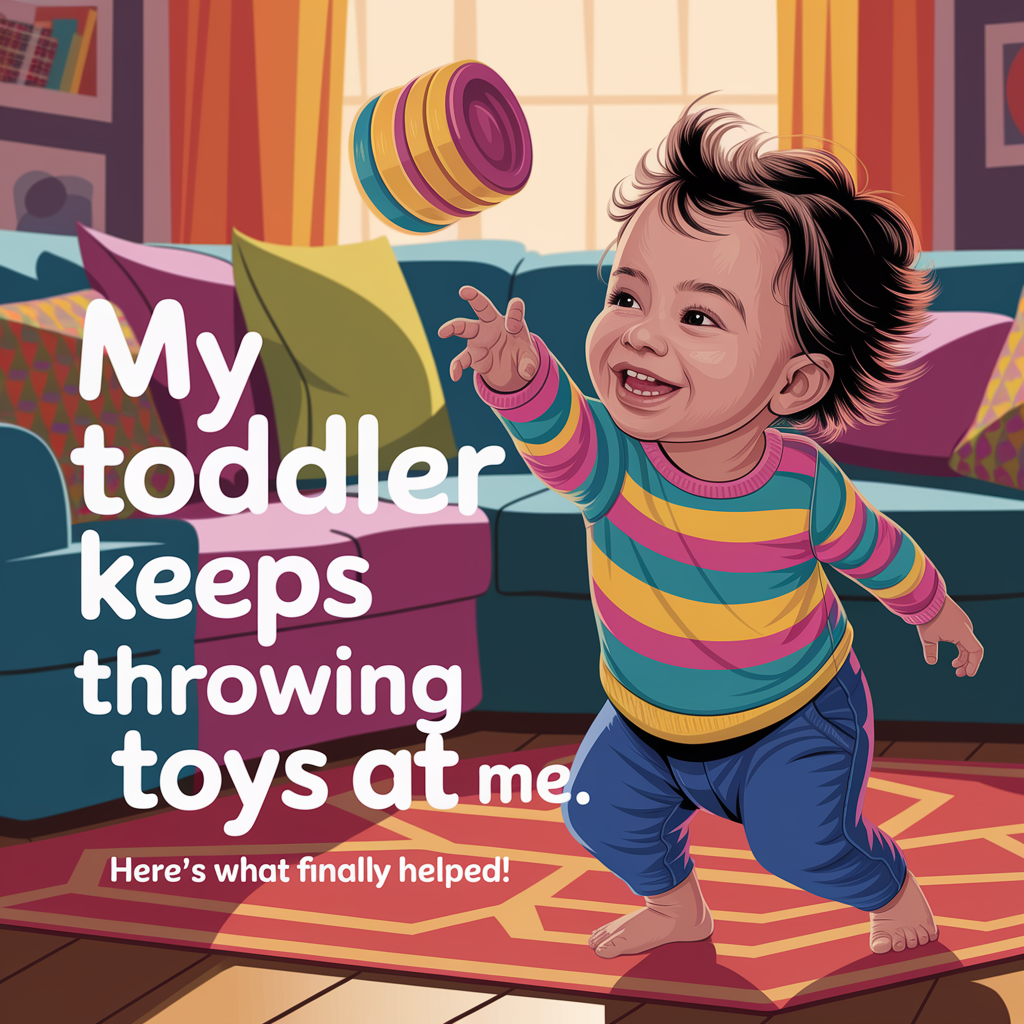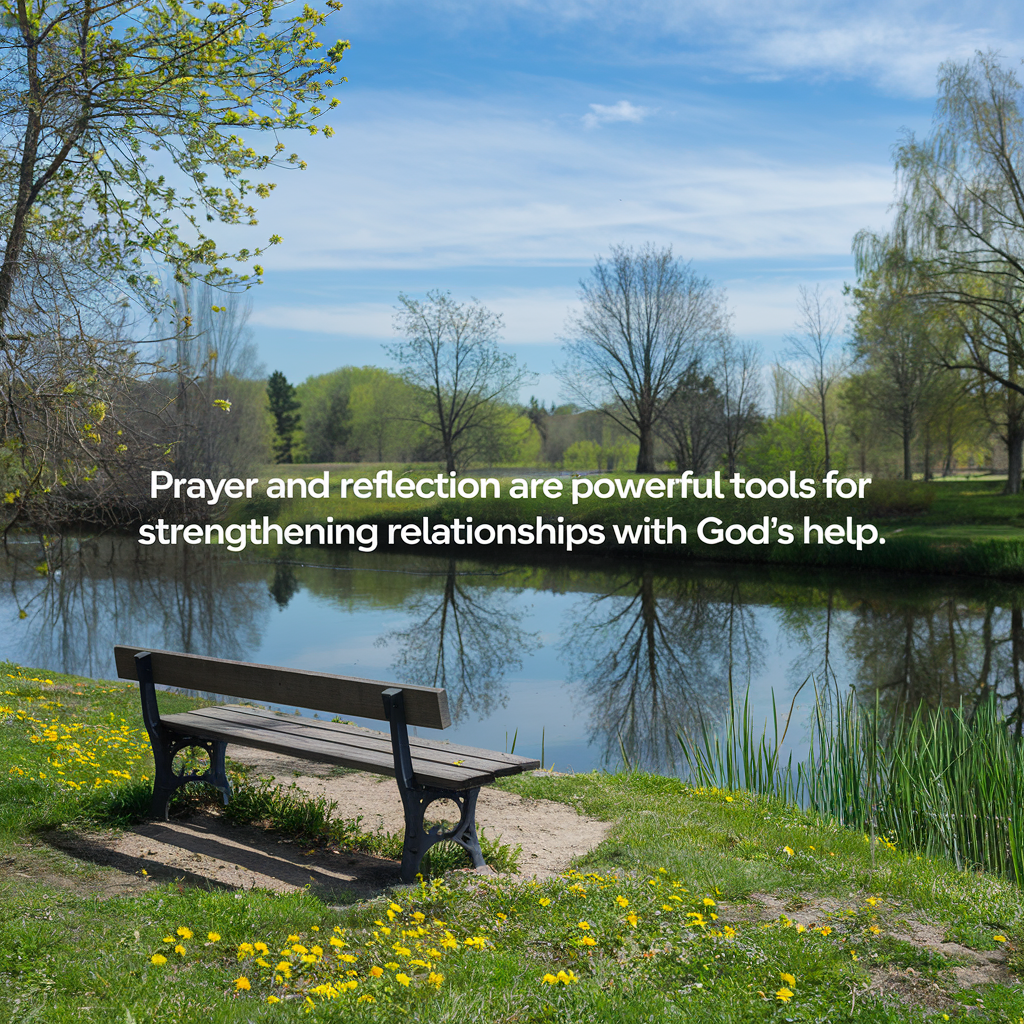
Tantrums and meltdowns are common challenges that parents and caregivers face when dealing with children’s emotional outbursts. These intense displays of emotions can be overwhelming and exhausting for both the child and the adult involved. In this article, we’ll explore effective strategies to help you navigate and manage tantrums and meltdowns with compassion and understanding. By implementing these strategies, you can create a calmer and more supportive environment for your child while fostering their emotional well-being and growth.

- Stay Calm and Regulate Your Own Emotions:
When faced with a tantrum or meltdown, it’s crucial to remain calm and composed. Take deep breaths, center yourself, and regulate your own emotions. Remember that your calmness can have a calming effect on your child. Stay mindful of your reactions and avoid responding with anger or frustration, as it may escalate the situation further.
- Provide a Safe and Supportive Environment:
Create a safe and supportive environment for your child during tantrums or meltdowns. Ensure that the immediate surroundings are free from any potential hazards. Offer a quiet and familiar space where your child can express their emotions without judgment. Provide comfort and reassurance through your presence and gentle touch if your child is open to it.
- Validate and Empathize:
Validate your child’s feelings and let them know that their emotions are understood and accepted. Empathize with their frustration, sadness, or anger by acknowledging their perspective. Use empathetic statements like, “I can see you’re feeling really upset right now.” Validating their emotions helps them feel heard and supported, reducing the intensity of their outburst.
- Implement Calming Techniques:
Introduce calming techniques to help your child regulate their emotions. Deep breathing exercises, counting to ten, or using sensory tools like stress balls or soft blankets can provide a sense of comfort and promote self-soothing. Experiment with different techniques to discover what works best for your child and encourage them to practice these techniques during calm moments as well.
- Use Distraction and Diversion:
Redirect your child’s attention away from the trigger that caused the tantrum or meltdown. Engage them in a different activity, offer a favorite toy, or initiate a conversation about something positive or interesting. Diverting their focus can help shift their emotional state and diffuse the intensity of the situation.
- Establish Clear and Age-Appropriate Boundaries:
Set clear boundaries and communicate expectations with your child, ensuring they understand what behaviors are acceptable and what are not. Use simple language and visual cues, especially with younger children. Consistency is key, so be firm in enforcing boundaries while remaining calm and compassionate.
- Reflect and Teach Emotional Regulation:
After the tantrum or meltdown has subsided, take time to reflect with your child. Offer a safe space for them to express their thoughts and feelings about the incident. Help them understand and label their emotions by using words to describe what they experienced. Teach them healthy ways to cope with strong emotions, such as talking about their feelings, engaging in calming activities, or seeking support from trusted adults.

Handling tantrums and meltdowns requires patience, empathy, and effective strategies. By staying calm, providing a safe and supportive environment, validating and empathizing with your child, implementing calming techniques, using distraction and diversion, establishing clear boundaries, and teaching emotional regulation, you can navigate these challenging moments with compassion and understanding. Remember, tantrums and meltdowns are normal aspects of child development, and by responding with love and patience, you can help your child learn to manage their emotions and grow into emotionally resilient individuals.
As an Amazon Associate we earn from qualifying purchases through some links in our articles.



